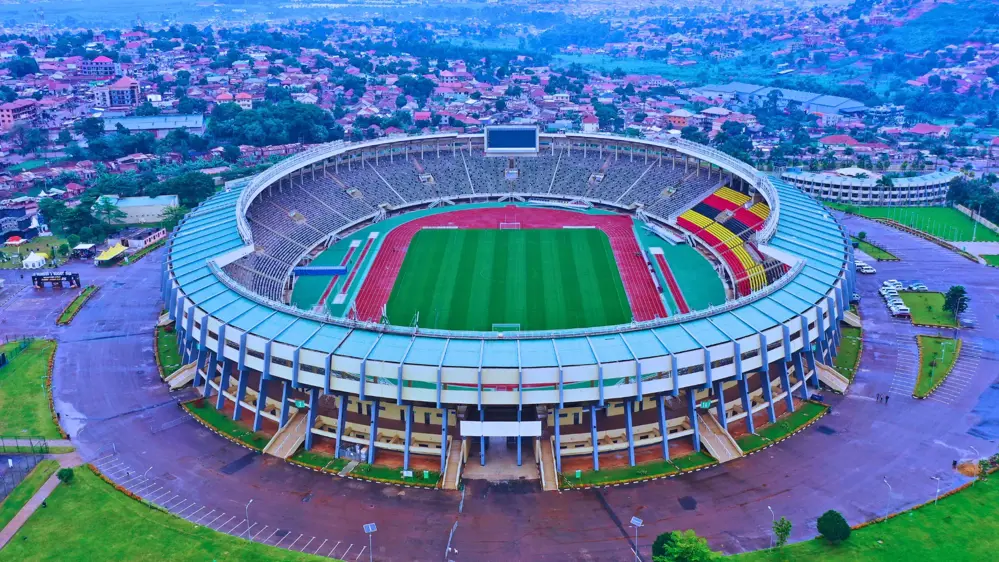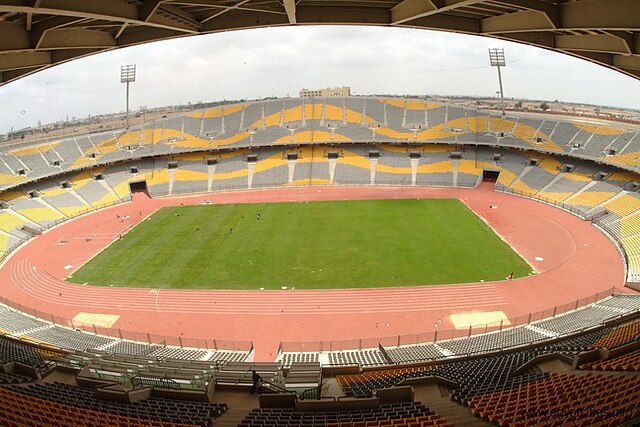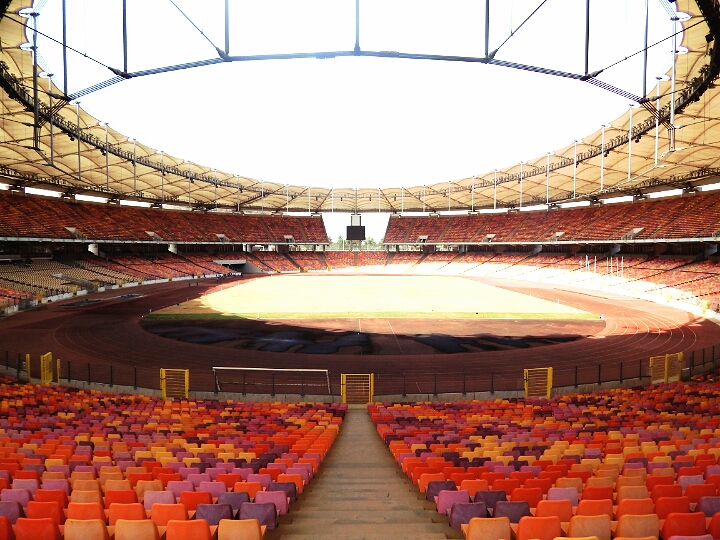Welcome to Wembley Stadium, the iconic home of football in England! From hosting legendary matches and music concerts to being a sought-after filming location for Hollywood blockbusters, this stadium has seen it all. With its impressive architecture and rich history dating back nearly a century, Wembley is an awe-inspiring destination that attracts millions of visitors every year. In this blog post, we’ll take you inside the world-famous stadium so you can discover everything there is to know about this incredible venue – from its past glories to its exciting future plans. Let’s get started!
A Brief History of Wembley Stadium
Wembley Stadium has a rich history dating back to 1923 when it was first opened. It was initially built as the Empire Stadium for hosting the British Empire Exhibition of that year and had a seating capacity of over 120,000 people.
The stadium became famous worldwide after being chosen as the venue for the 1948 Summer Olympics, where it hosted track and field events. Since then, Wembley has become synonymous with football in England and played host to some of the most iconic matches in sporting history.
One such match includes England’s dramatic victory over West Germany during the final of 1966 FIFA World Cup, which remains one of Wembley’s most memorable moments. In addition to this, many other major tournaments have been held here including UEFA Champions League finals and FA Cup finals.
Over time, Wembley underwent several renovations before finally being demolished in 2002 for extensive redevelopment work. A new state-of-the-art stadium took its place in 2007 with modern amenities like retractable roof technology ensuring playability even during bad weather conditions.
Today, Wembley stands tall as one of London’s greatest landmarks and continues to attract millions from around the world who come here not just for sports but music concerts too!
For Location: Go on map
How the Stadium is Used Today
Today, Wembley Stadium is a world-renowned venue that has played host to numerous events since its reopening in 2007. The stadium serves as the home of the England national football team and hosts important international matches.
Aside from football, the stadium also hosts music concerts, with some of the biggest names in entertainment having performed there. In recent years, artists such as Beyoncé, Adele and Ed Sheeran have all graced the stage at this iconic venue.
The stadium is also used for other large-scale events such as boxing matches and NFL games. It even hosted a major esports tournament – Dota 2’s The International – in 2019 which was attended by thousands of fans.
Wembley Stadium has also been utilized for corporate events such as conferences and exhibitions due to its modern facilities and convenient location within London.
Wembley Stadium remains one of the most versatile venues in Europe today offering something for everyone from sports fans to concert-goers to those seeking unique event spaces.
What Events are Held at Wembley Stadium?
Wembley Stadium is known for hosting many iconic sporting events, but it also plays host to a variety of non-sporting events. One of the most popular and well-known musical events held at Wembley is the annual Capital Summertime Ball. This event hosts some of the biggest names in music every year.
The stadium has also hosted numerous concerts with legendary artists such as Michael Jackson, Queen, The Who and Madonna performing there over the years. Additionally, Wembley Stadium has played host to important cultural festivals like Eid-al-Fitr and Diwali.
In terms of sports, Wembley is famous for hosting major football tournaments including FA Cup Finals and League Cup Finals. Many international football matches are also played at this venue. Other notable sports events include NFL games which have become increasingly popular in recent times.
Aside from these mainstays, other significant events that have been held at Wembley Stadium include boxing matches featuring heavyweight champions Anthony Joshua and Lennox Lewis among others. The diversity of events held here make it one of London’s premier venues for entertainment enthusiasts both locally and globally!
The Architecture of Wembley Stadium
The architecture of Wembley Stadium is truly impressive. The stadium was designed by renowned architect Sir Norman Foster, who took inspiration from the iconic arch of the old Wembley Stadium.
One of the most striking architectural features is the massive steel arch that spans over 300 meters across and can be seen from miles away. It’s not just for show either – it supports more than half of the stadium’s weight!
Inside, fans are treated to a spacious bowl-shaped seating area with unobstructed views of the pitch thanks to its low rake angle. The roof structure also allows for natural light to fill in, creating an airy atmosphere.
While modern and sleek on the outside, there are nods to tradition as well. For example, bronze plaques featuring classic football moments adorn different parts of the building.
Sir Norman Foster succeeded in creating a world-class venue that showcases both form and function through its impressive architecture.
See also: Stamford Bridge Stadium Explained Details For You To Know
The Future of Stadium
As one of the most iconic stadiums in the world, Wembley Stadium has a bright and exciting future ahead. With its rich history and state-of-the-art facilities, it will undoubtedly continue to attract some of the biggest events in sport and entertainment.
In recent years, there have been talks about the potential sale of Wembley Stadium by the Football Association (FA). However, as of now, no official decision has been made on this matter.
Regardless of ownership changes or not, Wembley Stadium is set to remain a staple venue for major sporting events such as football matches and NFL games. It also continues to host many high-profile concerts and other cultural events throughout the year.
One thing is for sure – with its impressive architecture, cutting-edge technology and unrivalled atmosphere inside its walls – Wembley Stadium will remain an essential part of London’s landscape for decades to come.





